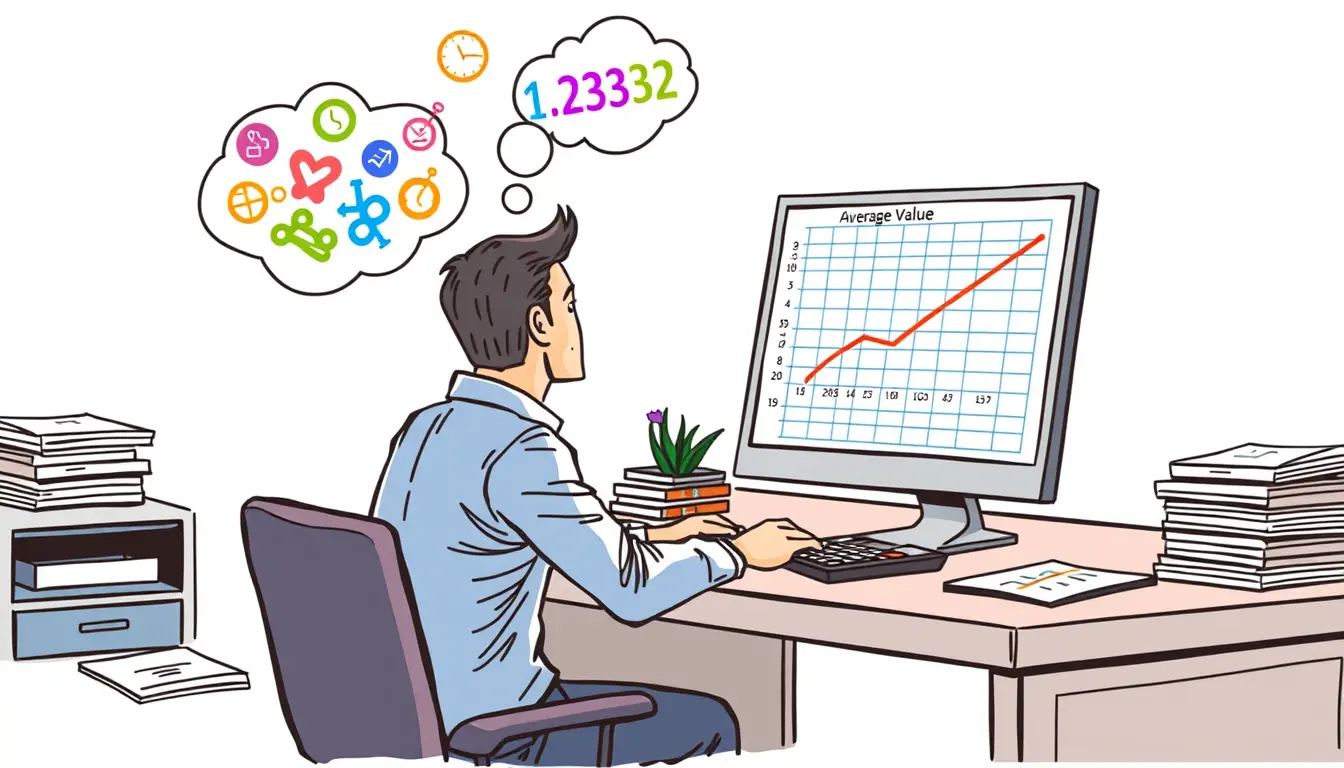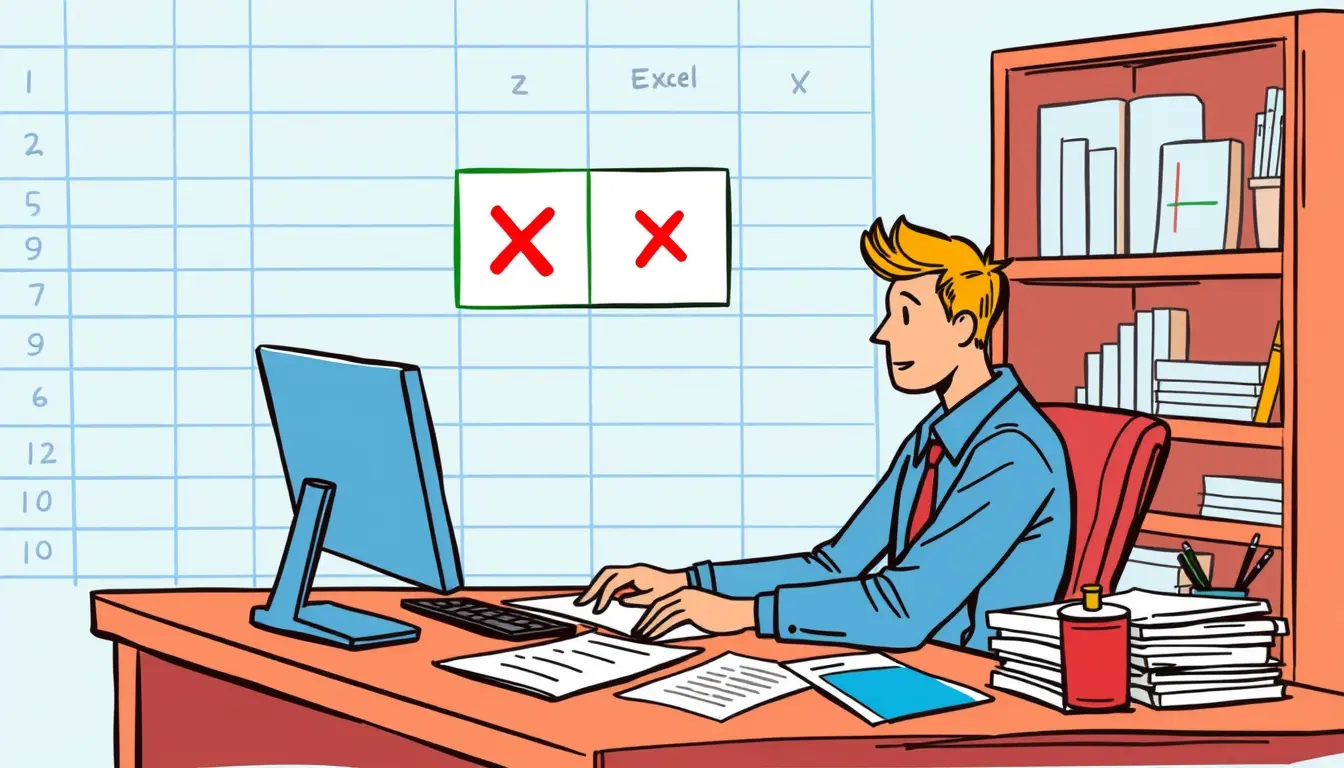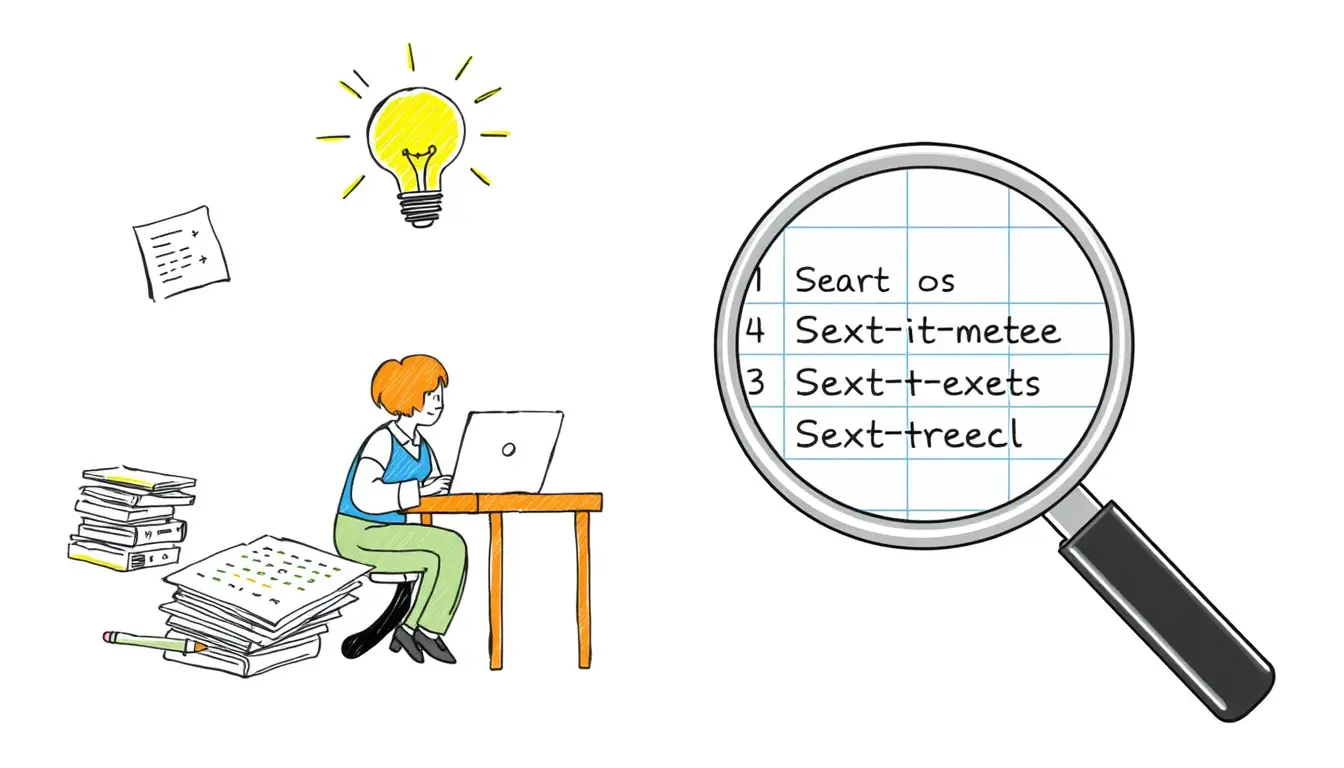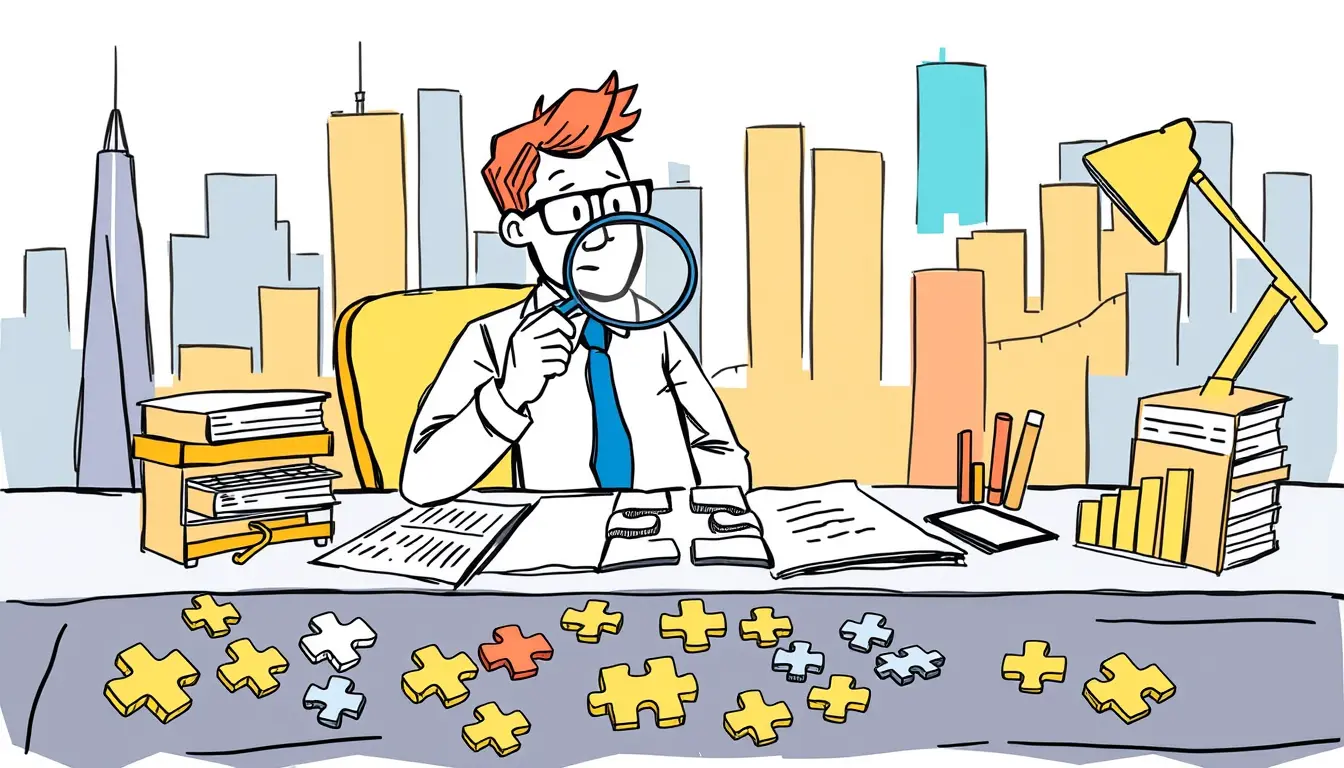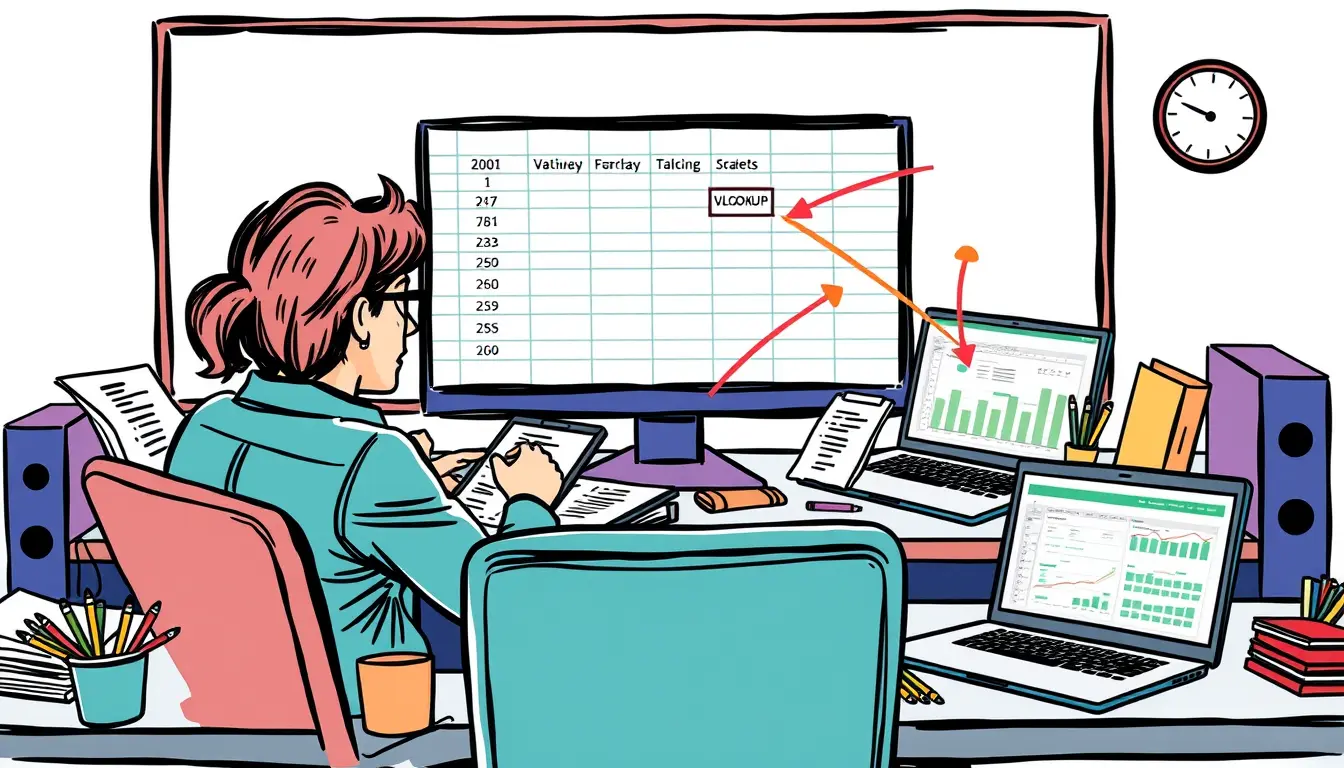data analysis

Excel AVERAGE – Find the Central Tendency
“Learn how to use Excel’s AVERAGE function to easily find the central tendency of a data set. Improve your data analysis skills today! #Excel #DataAnalysis”

Excel IFS – Multiple IF Statements in One Formula
“Learn how to streamline your Excel formulas with IFS, the powerful function that combines multiple IF statements into one. Master your data now!”

Integrating Design Thinking with Business Analysis Work
Discover how merging design thinking and business analysis can enhance problem solving and drive success in your organization. Read our latest blog post now!

Excel Date Part Functions – Get Components of Dates
“Mastering date part functions in Excel has never been easier! Learn how to extract specific components of dates with our step-by-step guide.”

Excel SIGN – Indicate Positive, Negative, or Zero
“Master the Excel SIGN function and easily identify positive, negative, or zero values in your data. Streamline your analysis with this helpful guide!”

SQL SUBQUERIES – Embed Inner Query within Main Query
Discover the power of SQL subqueries! Learn how to embed inner queries within main queries to enhance your data analysis and optimize your SQL skills.

Using Decision Modeling for Strategic Decision Support
“Unlock the power of decision modeling to boost your organization’s strategic decision-making process. Master the ultimate tool for strategic support.”

Excel FIND – Get First Matching Location of Text
“Discover the powerful FIND function in Excel and learn how to quickly find the first matching location of text in your spreadsheets. Master Excel basics…

Applying Text Analytics to Derive Enterprise Intelligence from Documents
“Explore the power of text analytics and discover how it can uncover valuable insights and intelligence for your business from unstructured documents.”

Using Gap Analysis to Diagnose and Address Performance Shortfalls
“Discover how gap analysis can pinpoint areas for improvement and help increase performance in this informative blog post. Don’t miss out!” #gapanalysis #performanceimprovement
Search
Latest Posts
Latest Comments
Categories
Archives
- December 2025 (7)
- November 2025 (30)
- October 2025 (31)
- September 2025 (30)
- August 2025 (31)
- July 2025 (32)
- June 2025 (30)
- May 2025 (31)
- April 2025 (30)
- March 2025 (31)
- February 2025 (28)
- January 2025 (31)
- December 2024 (31)
- November 2024 (30)
- October 2024 (31)
- September 2024 (171)
- August 2024 (16)

